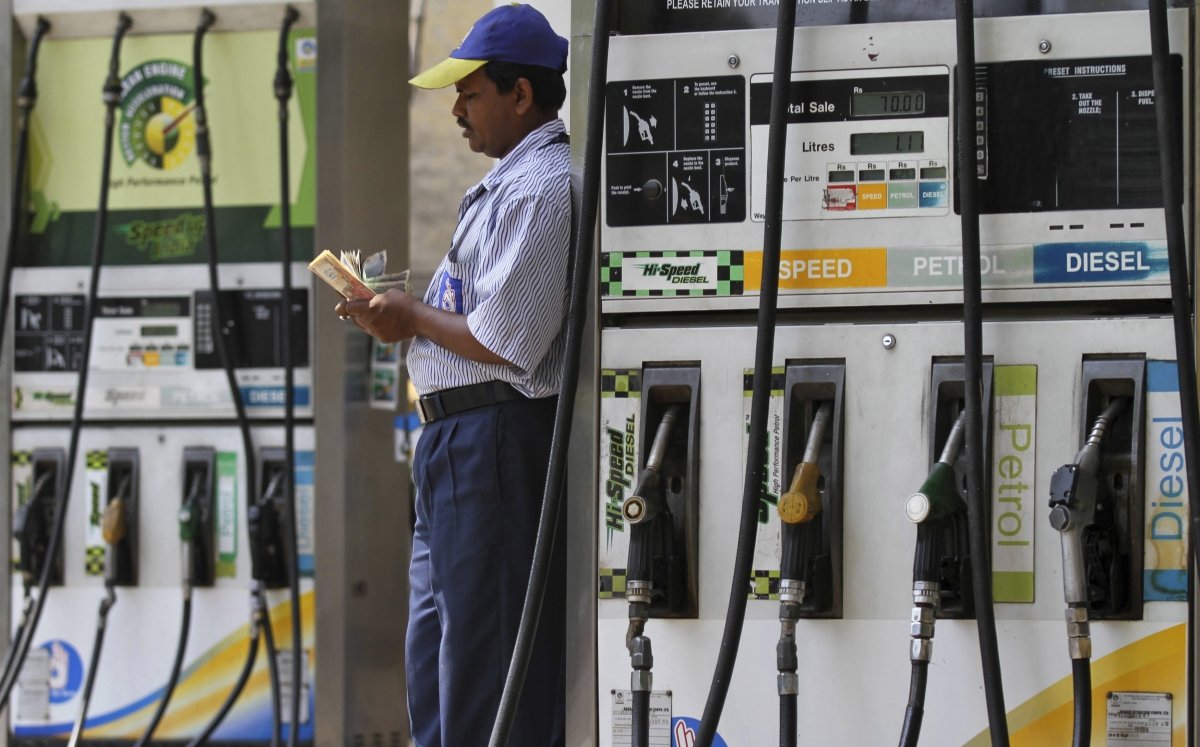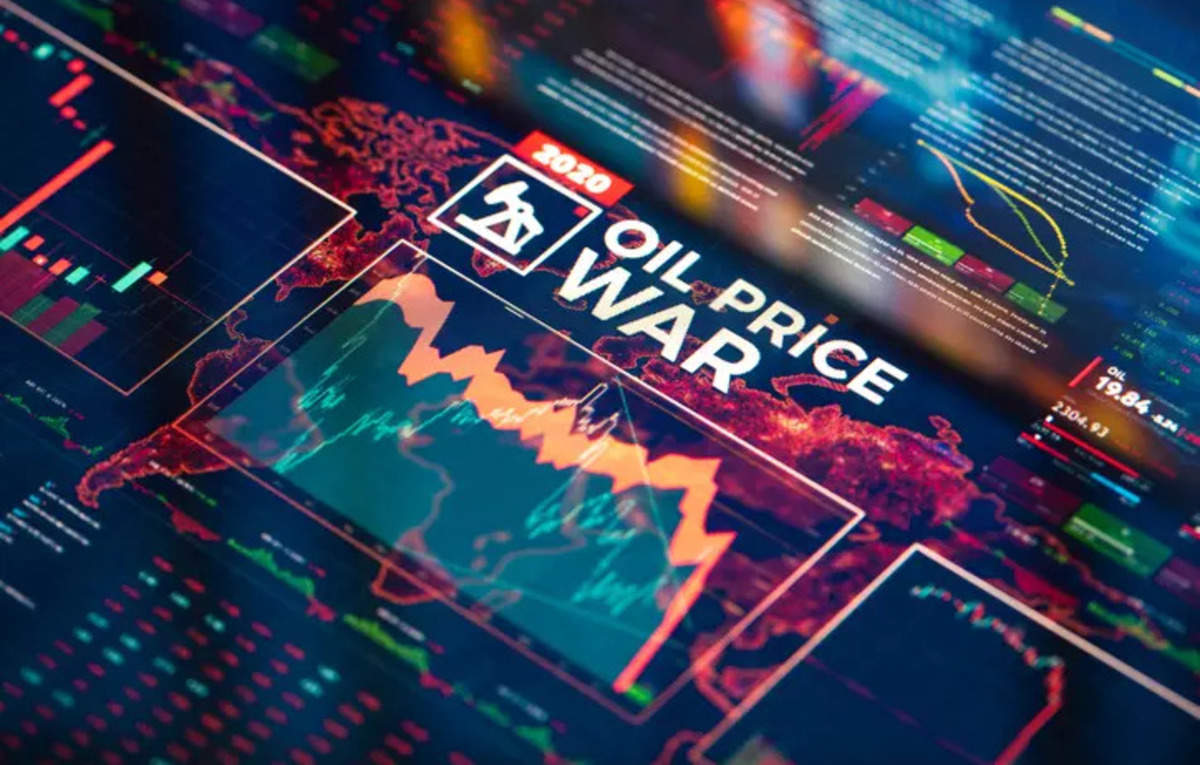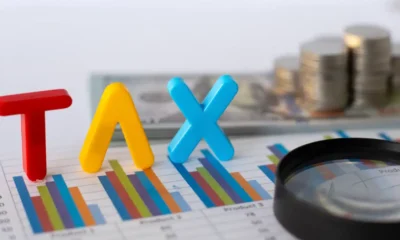Business
India To Brace For Potential Shock As US Sanctions On Russian Crude Could Cripple Oil Flow
Published
9 months agoon

India’s cheap Russian oil deal might be nearing its end. With the latest wave of sweeping US sanctions targeting Russian energy companies and oil tankers, India’s oil imports are set for a bumpy ride. These sanctions are likely to disrupt the country’s efforts to keep importing Russian crude at affordable prices, and experts are warning that this could trigger inflation in Asia’s third-largest economy.
The sanctions, announced last Friday by the U.S. Treasury, target two Russian oil producers and 183 vessels, primarily oil tankers, that have been shipping Russian crude. For now, these tankers can still offload crude oil until March 12, but after that, things could get tricky.
From April to November 2024, India imported a substantial 88% of its oil needs, with nearly 40% of those imports coming from Russia, according to data from trade intelligence firm Kpler.
To put it into perspective, of the 183 sanctioned tankers, 75 have transported Russian oil to India in the past. Just last year, these 183 tankers were responsible for transporting around 687 million barrels of crude oil, 30% of which was shipped to India.
This is a big deal for Indian refiners. As BNP Paribas’ senior commodities strategist Aldo Spanier pointed out, “Most of these barrels went to Indian refiners, and hence, the impact will likely be largest there.” The disruption is expected to hit India harder than other countries, especially since the sanctions are more severe and extensive than what markets had anticipated.

India’s Oil Consumption Soars, But Sanctions Could Hit Cheap Russian Crude Supplies Hard
India is on track to become the world’s number one oil consumer in 2025, overtaking China. But this growing demand for oil could face a major disruption, just as India is about to reach a new milestone. With the U.S. sanctions on Russian oil, India’s hopes of continuing to import cheap crude are being seriously challenged, and the fallout could impact everything from inflation to fuel prices.
In 2025, India is expected to account for 25% of the total global oil consumption growth, driven by increasing demand for transportation and home cooking fuels.
According to the U.S. Energy Information Administration (EIA), India’s consumption is set to rise by 330,000 barrels per day this year—the highest increase of any country. In 2023, India consumed 5.3 million barrels per day, and this figure is forecast to have increased by 220,000 barrels per day in 2024.
But this rapid growth in demand also comes with new challenges. India wasn’t always so dependent on Russian oil. Just a few years ago, in 2021, Russian oil accounted for only 12% of India’s imports. By 2024, that share skyrocketed to 37.6%.
What caused this sudden shift?
The Ukraine war, which prompted Western countries to reduce their purchases of Russian crude, made Russian oil cheaper. As the price of Russian crude dropped, India took advantage of the discount, importing more from Russia while other countries stepped back.
Russia’s Urals crude has been averaging around $12 per barrel cheaper than the global Brent benchmark from August to October 2024, making it an attractive option for India. However, if India fully complies with U.S. sanctions, Russian crude arrivals could see a sharp decline, potentially losing up to 500,000 barrels per day in supply. As Muyu Xu, senior oil analyst at Kpler, warned, “We could see a sharp decline in Russian crude arrivals in February and potentially March.”
This loss of cheap Russian oil could leave India scrambling for alternatives. The Middle East is the most obvious option, but with rising global oil prices, these alternatives won’t be as cheap. Just after the sanctions were announced, the price of Brent crude surged to a five-month high of around $80 per barrel, signaling a tighter market. Prices for Middle Eastern crude are also on the rise, making the situation more complicated for India.
Moreover, the geopolitical ecosystem is changing. As Donald Trump’s inauguration draws nearer, Iran, which supplied 4% of the world’s oil in 2023, faces the risk of new sanctions. If Iran’s oil is further restricted, India could face an even tighter supply and higher prices. This is a “double whammy” for India, as it could face new sanctions pressure from both Russia and Iran.
As if that wasn’t enough, Goldman Sachs has warned that if the sanctions on Russia and potential Iranian crude restrictions come together, oil prices could rise to $90 per barrel.

India’s Economy Faces a Tough Ride as Oil Prices Surge
The Indian economy is about to face a familiar pain point—soaring oil prices. According to a 2023 research paper, India’s economy is “significantly vulnerable” to fluctuations in oil prices, with the effects often hitting consumers hard. The domestic retail prices of gasoline and diesel tend to shoot up “like rockets” whenever crude oil prices rise, say Abdhut Deheri, assistant professor at the Vellore Institute of Technology, and M. Ramachandran from Pondicherry University.
The Reserve Bank of India (RBI) analyzed the impact of rising oil prices back in 2019 and found that for every $10 per barrel increase in oil prices, headline inflation could rise by 0.4%. In simpler terms, this means that when oil prices go up, the cost of living goes up too. And with income and GDP growth slowing down, these higher oil prices are likely to hurt purchasing power even more.
Dhiraj Nim, an economist at ANZ, explains that if high oil prices are passed onto consumers, it will worsen the already tight financial situation for many people. But there’s another side to this—weak consumer demand might prevent companies from hiking prices. In that case, the burden could shift onto businesses, affecting their profits instead. If the government decides to absorb the extra costs to avoid consumer backlash, it will only strain its finances further.
It’s not just the price of oil itself that’s a problem. India, like China, will also face higher costs to have oil delivered, as oil tanker rates have been rising. Andy Lipow, president of energy consultancy Lipow Oil Associates, points out that this double whammy of rising oil and delivery costs will further squeeze India’s economy. To make matters worse, the rupee has recently plunged to a record low due to a stronger U.S. dollar and foreign portfolio investors pulling out.
This isn’t the first time high fuel prices have led to widespread protests in India. Back in 2018, the country saw major protests over record-high petrol and diesel prices, leading to business closures and school shutdowns in several regions. If the oil price surge continues, it could reignite similar unrest, as people already struggling with inflation may find themselves facing even higher living costs.
The Last Bit
Rising oil prices are a massive challenge for India, threatening to squeeze both consumers and businesses while further straining government finances. The ripple effect of these higher prices could lead to more protests and economic instability, making it clear that India needs a solid strategy to manage its oil dependency in the coming years.
In short, India is in for a potential oil shock. With the flow of cheap Russian crude threatened due to US sanctions the country might soon feel the pinch in the form of rising fuel prices and inflation. This development could force India to rethink its energy strategy in the coming months, especially if the sanctions continue to disrupt the global oil market.
You may like
-


When Brands Become Battlefields. How Starbucks’ Boycott Woes Reveal The Harsh Reality Of Global Business Today
-
India Cuts Tariffs On US Bourbon! But Do Trump’s Retaliatory Tariffs Mean Cheaper American Goods For Indian Consumers?
-


Israel-Hamas Put Gaza In The Eye Of The Storm (Again). Can Arab Mediators Patch Up The Ceasefire? And What Is To Be Said About Trump’s Plan For Gaza Anyway?
-


All You Need To Know About The New Income Tax Bill 2025, Debuts With A New Concept Of ‘Tax Year’. A Meaningful Change Or Just A Facelift?
-


Cooling Period For Mexico And Canada As Trump Pauses Tariffs– Global Stocks Rebound, China Still In Limbo But Will It Bow Down To Trump And What’s India’s Tariff Deal So Far?
-


Meeting That Has India Spooked, George Soros Son And Muhammad Yunus. The Growing Nexus Bangladesh-Pakistan Spells Trouble For India?
